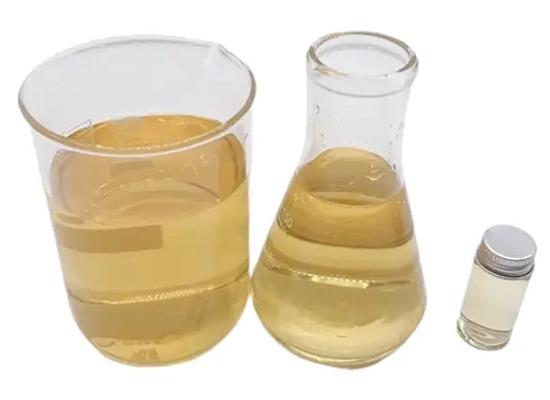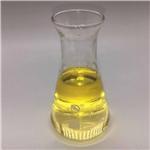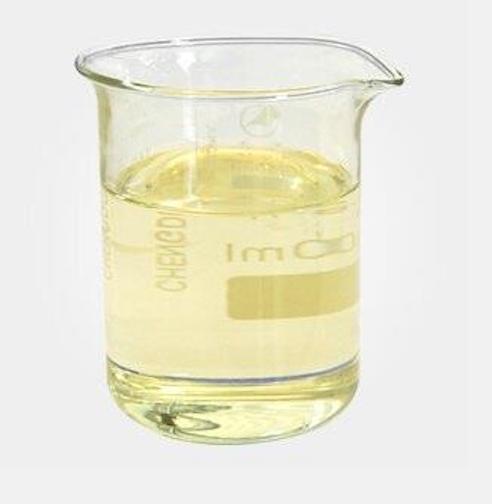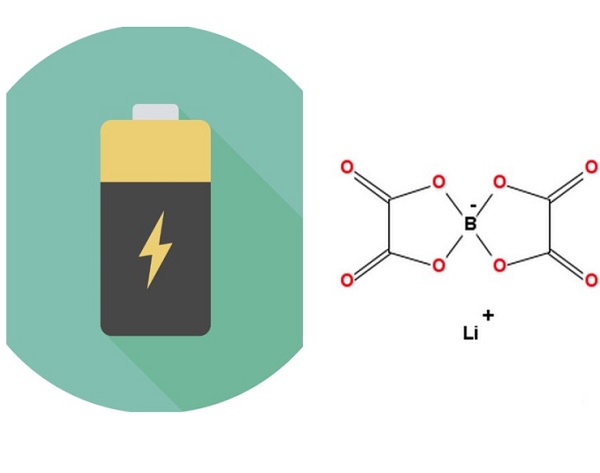2-Methyl-3-(3,4-methylenedioxyphenyl)propanal induces Ca2+ decrease and serotonin secretion via a PKG-mediated pathway
General Description
2-Methyl-3-(3,4-methylenedioxyphenyl)propanal is a chemical compound with a fresh and floral scent commonly used in the fragrance industry. 2-Methyl-3-(3,4-methylenedioxyphenyl)propanal belongs to the family of aldehydes and is known for its ability to elicit a transient decrease in intracellular Ca2+ levels in QGP-1 cells. This chemosensory response suggests that 2-Methyl-3-(3,4-methylenedioxyphenyl)propanal may have olfactory properties and can activate certain olfactory receptors. Furthermore, the effect of 2-Methyl-3-(3,4-methylenedioxyphenyl)propanal on Ca2+ levels in QGP-1 cells is dose-dependent, with higher concentrations inducing a greater decrease in Ca2+ levels. The involvement of protein kinase G in the signaling pathway suggests the importance of understanding the molecular mechanisms underlying 2-Methyl-3-(3,4-methylenedioxyphenyl)propanal's effects. Overall, 2-Methyl-3-(3,4-methylenedioxyphenyl)propanal is a fascinating compound that exhibits chemosensory properties and has potential implications in olfactory research and fragrance development.

Figure 1. 2-Methyl-3-(3,4-methylenedioxyphenyl)propanal
Elicit a transient Ca2+ decrease in the QGP-1 cells
A study aimed to evaluate the chemosensory properties of QGP-1 cells through ratiofluorometric Ca2+ imaging experiments. Four odor mixtures were applied, and only OM1 and OM3 initiated a transient intracellular Ca2+ decrease in the cells. 2-Methyl-3-(3,4-methylenedioxyphenyl)propanal and S-citronellal were identified as the only odorants that induced an intracellular Ca2+ decrease. The decrease induced by 2-Methyl-3-(3,4-methylenedioxyphenyl)propanal was significantly higher than that of S-citronellal. Therefore, the study further explored the effects of 2-Methyl-3-(3,4-methylenedioxyphenyl)propanal on QGP-1 cells. In conclusion, 2-Methyl-3-(3,4-methylenedioxyphenyl)propanal elicits a transient Ca2+ decrease in QGP-1 cells, indicating the activation of certain olfactory receptors (ORs). The specificity of this response suggests that QGP-1 cells possess chemosensory properties and may play a role in the detection of odorants. Additionally, the significant effect of 2-Methyl-3-(3,4-methylenedioxyphenyl)propanal on intracellular Ca2+ levels highlights the importance of understanding the molecular mechanisms underlying this response and its potential implications in the field of olfactory research. 1
Induce a dose-dependent Ca2+ decrease in the QGP-1 cells
A study aimed to explore the effect of 2-Methyl-3-(3,4-methylenedioxyphenyl)propanal on Ca2+ levels in QGP-1 cells. The findings revealed that 2-Methyl-3-(3,4-methylenedioxyphenyl)propanal induces a dose-dependent decrease in Ca2+ levels. This was demonstrated by analyzing the dose dependency of 2-Methyl-3-(3,4-methylenedioxyphenyl)propanal-induced transient Ca2+ decrease in the cells. Three different concentrations of 2-Methyl-3-(3,4-methylenedioxyphenyl)propanal (100 µM, 300 µM, and 800 µM) were tested. The results showed that as the concentration of 2-Methyl-3-(3,4-methylenedioxyphenyl)propanal increased, there was a corresponding decrease in the f340/f380 ratio, indicating a reduction in Ca2+ levels. Specifically, at 100 µM, the ratio decreased by -0.020 ± 0.010; at 300 µM, it decreased by -0.036 ± 0.018; and at 800 µM, it decreased by -0.063 ± 0.022. Comparing the different concentrations, it was observed that 2-Methyl-3-(3,4-methylenedioxyphenyl)propanal at 800 µM induced a significant decrease in Ca2+ concentration compared to both 100 µM and 500 µM. In contrast, stimulation with a control odorant, 500 µM amyl butyrate from the ineffective OM2, did not lead to any changes in intracellular Ca2+ concentration. Therefore, the study concludes that 2-Methyl-3-(3,4-methylenedioxyphenyl)propanal dose-dependently decreases Ca2+ levels in QGP-1 cells. 2
Induce Ca2+ decrease in QGP-1 cells is PKG dependent
A study aimed to investigate the molecular mechanisms underlying 2-Methyl-3-(3,4-methylenedioxyphenyl)propanal-induced Ca2+ decrease in QGP-1 cells, with a focus on the involvement of protein kinase G (PKG). To explore this, the direct activator of PKG, 8-bromo-cGMP (100 µM), was applied to the cells, resulting in a reduction in intracellular Ca2+ levels. The magnitude of this reduction was comparable to that induced by 800 µM 2-Methyl-3-(3,4-methylenedioxyphenyl)propanal. Additionally, stimulation of the cells with 500 µM AITC confirmed TRPA1 activation, leading to a robust intracellular Ca2+ increase. Furthermore, the viability of the cells was confirmed through ATP application, which elevated Ca2+ levels. To further elucidate the role of PKG in 2-Methyl-3-(3,4-methylenedioxyphenyl)propanal-induced signaling, the specific PKG blocker, Rp-8-pCPT-cGMPS (Rp-8) (50 µM), was tested in combination with 800 µM 2-Methyl-3-(3,4-methylenedioxyphenyl)propanal on QGP-1 cells. The inhibition of PKG resulted in a significant suppression of the 2-Methyl-3-(3,4-methylenedioxyphenyl)propanal-dependent Ca2+ decrease, confirming the involvement of PKG in the signaling pathway. Therefore, based on these results, it can be concluded that 2-Methyl-3-(3,4-methylenedioxyphenyl)propanal-induced Ca2+ decrease in QGP-1 cells is indeed PKG dependent. 3
Reference
1. Adipietro KA, Mainland JD, Matsunami H. Functional evolution of mammalian odorant receptors. PLoS Genet. 2012;8(7):e1002821.
2. Kalbe B, Schlimm M, Mohrhardt J, et al. Helional induces Ca2+ decrease and serotonin secretion of QGP-1 cells via a PKG-mediated pathway. J Mol Endocrinol. 2016;57(3):201-210.
3. Zhuang D, Ceacareanu AC, Ceacareanu B, Hassid A. Essential role of protein kinase G and decreased cytoplasmic Ca2+ levels in NO-induced inhibition of rat aortic smooth muscle cell motility. Am J Physiol Heart Circ Physiol. 2005;288(4):H1859-H1866.
You may like
Related articles And Qustion
Lastest Price from 2-Methyl-3-(3,4-methylenedioxyphenyl)propanal manufacturers

US $1.00-4.00/KG2025-05-15
- CAS:
- 1205-17-0
- Min. Order:
- 1KG
- Purity:
- 99%
- Supply Ability:
- 200000KG

US $1.00/g2025-04-21
- CAS:
- 1205-17-0
- Min. Order:
- 1g
- Purity:
- 99%
- Supply Ability:
- 1000kg



